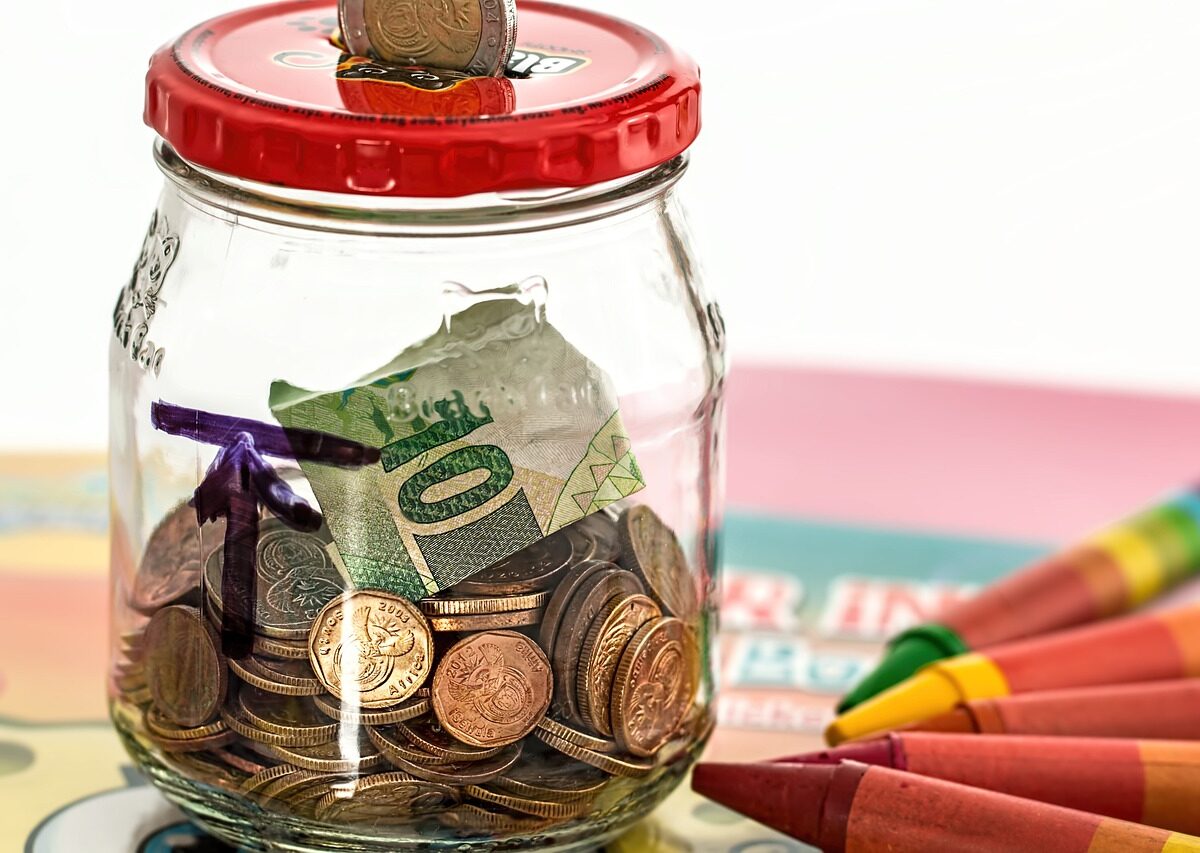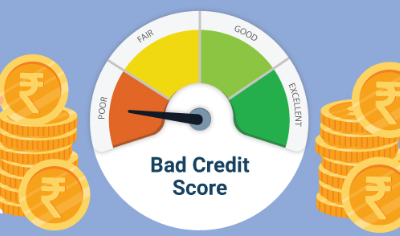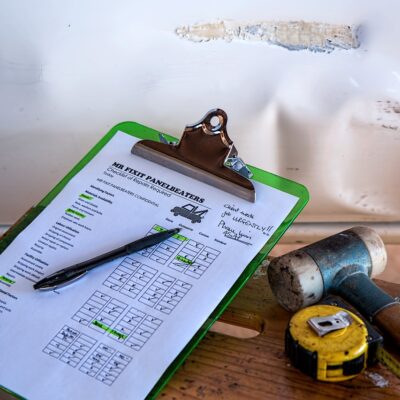An emergency fund serves as a crucial pillar of financial stability, providing a safety net to protect against unexpected expenses, job loss, or other financial emergencies. In this comprehensive guide, we’ll walk you through the essential steps and strategies to create a solid emergency fund that can help you weather life’s uncertainties with confidence and peace of mind.
1. Understanding the Importance of an Emergency Fund
Financial Security:
- Protection Against Uncertainty: An emergency fund provides a financial buffer to cover unexpected expenses, such as medical bills, car repairs, or home maintenance, without resorting to high-interest debt or depleting your savings.
- Peace of Mind: Having a robust emergency fund can alleviate financial stress and anxiety, allowing you to navigate life’s challenges with confidence and resilience, knowing that you’re prepared for any unforeseen circumstances.
2. Determining Your Emergency Fund Target
Guidelines:
- Calculate Living Expenses: Determine your monthly living expenses, including housing, utilities, groceries, transportation, and other essential costs, to establish a baseline for your emergency fund target.
- Set a Savings Goal: Aim to save at least three to six months’ worth of living expenses in your emergency fund, or adjust the target based on your individual circumstances, such as income stability, job security, and financial obligations.
3. Creating a Budget and Savings Plan
Budgeting Tips:
- Track Your Expenses: Monitor your spending habits and identify areas where you can cut back or optimize to free up funds for saving.
- Automate Savings: Set up automatic transfers from your checking account to your emergency fund savings account each month to ensure consistent contributions and avoid temptation to spend the money elsewhere.
4. Choosing the Right Savings Vehicle
Options:
- High-Yield Savings Account: Opt for a high-yield savings account that offers competitive interest rates and easy access to funds, while keeping your money safe and liquid.
- Certificates of Deposit (CDs): Consider laddering CDs for higher yields and flexibility, with varying maturity dates to align with your short-term and long-term savings goals.
5. Building Your Emergency Fund Over Time
Strategies:
- Start Small: Begin by setting achievable savings goals and gradually increase your contributions over time as your financial situation improves.
- Stay Consistent: Make regular contributions to your emergency fund, even if they’re small, and prioritize building your savings cushion alongside other financial goals.

6. Avoiding Common Pitfalls
Mistakes to Avoid:
- Using Your Emergency Fund for Non-Emergencies: Reserve your emergency fund for true financial emergencies and avoid dipping into it for discretionary expenses or non-urgent purchases.
- Neglecting to Replenish: Remember to replenish your emergency fund promptly after using it for unexpected expenses to maintain its effectiveness as a financial safety net.
Conclusion
Creating a solid emergency fund is a vital step towards building financial resilience and security. By understanding the importance of an emergency fund, determining your savings target, creating a budget and savings plan, choosing the right savings vehicle, and building your fund over time, you can establish a robust financial safety net that provides peace of mind and protection against life’s uncertainties.





